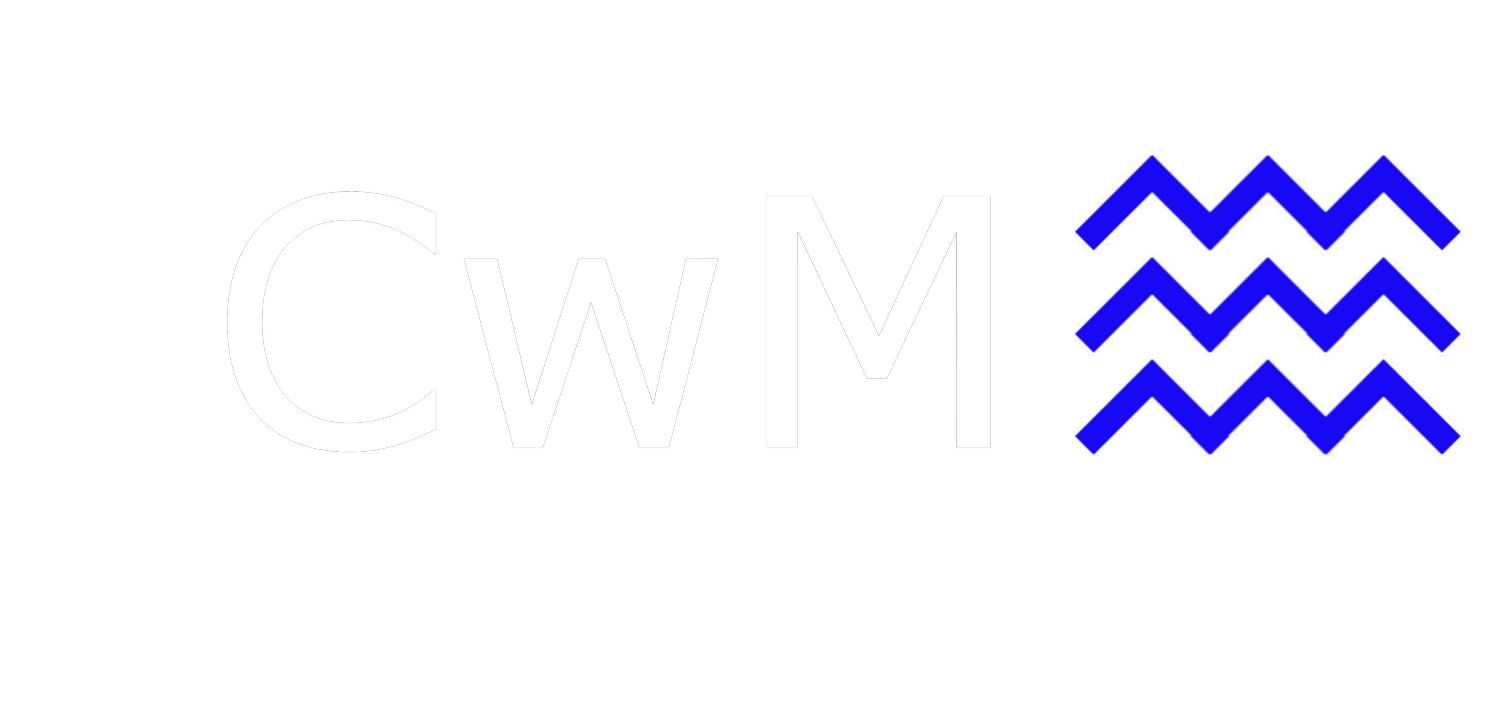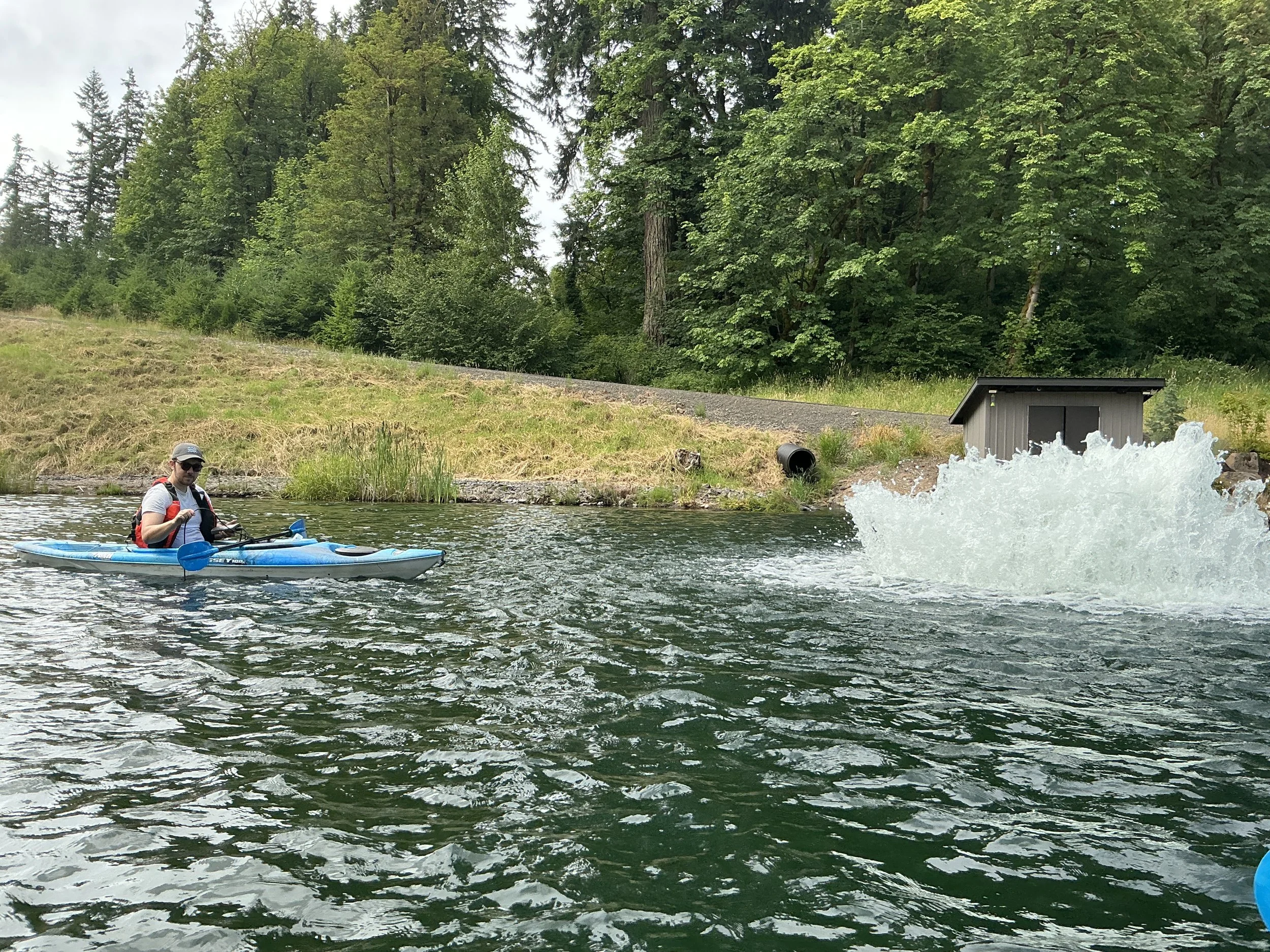In Oregon, water is a public good. This means that any water, even if it is located on your property, is subject to regulation by the Oregon Water Resources Department (OWRD). This policy, which is common to most western states, grants priority to water users who have been using water for the longest. During times when water supply is scarce, senior water users have priority over water users with younger water rights. In most cases, water users are required to apply for water rights through the OWRD to receive permission to use water.
Water Right Permits and Uses
Water rights, both in the form of a Permit, which grants temporary permission to develop the appropriation and use of water, and as a Certificate, which permanently certifies a water user’s water right, specify what the water may be used for. Often, water users may choose to store water in a reservoir, lake, or pond during the wet season for use during drier times of the year. This, like other water-use types, requires a permit. In Oregon, there are two types of reservoir permitting processes: Standard and Alternate. We often find that our Clients are eligible for the Alternate Reservoir process, which is simpler and more streamlined.
Alternate Reservoir Permit
A potential water user may choose to file an Alternate Reservoir Permit Application if their proposed storage meets the following criteria:
· The reservoir must store less than 9.2 acre-feet (3.0 million gallons) of water,
OR
· The reservoir must have a dam less than 10 feet high.
Applicants whose reservoirs do not meet at least one of these criteria must apply for a reservoir water right permit using the Standard Reservoir application. The standard application has more complex requirements, including an engineer’s approval. The State, including the OWRD, the Oregon Department of Fish and Wildlife (ODFW), the Department of State Lands (DSL), and other agencies all have interest in regulating water storage to ensure it does not impact senior water users, threatened fish and other aquatic species, and fragile wetland ecosystems.
Ian Godwin, RG, CWRE collects depth and water quality data during a bathymetric survey conducted in support of an Alternate Reservoir Permit Application.
The Alternate Reservoir Permit Application includes several components that satisfy the regulatory requirements for each of the agencies involved. These include:
· Completed Alternate Reservoir Permit Application
· Completed Watermaster Review Sheet
· Completed Oregon Fish and Wildlife Review Sheet
· Completed Land Use Information Form (by County and/or City or jurisdiction)
· Legible and Accurate Application Map
· Legal Description of the Property
CwM has worked with reservoir owners on many occasions to properly permit and certify both storage reservoirs and aesthetic ponds. If you have any questions about the reservoir permitting process or storage permit certification process, please contact CwM for assistance.

